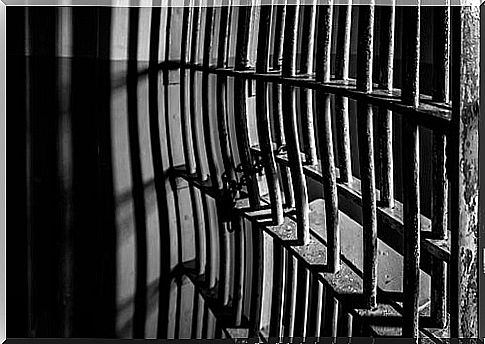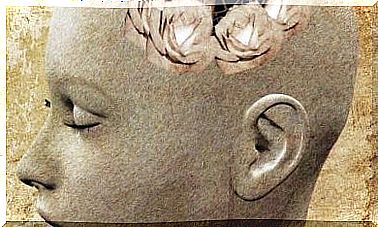Reintegration Of Prisoners: Truth Or Myth?

The reintegration of prisoners is an objective set out in the Spanish Constitution, in its art. 25.2. Thus, the penalties imposed for the commission of a criminal act must be oriented to that end. The end, which will start in the prison, but which must necessarily end outside of it. We cannot forget that resocialization supposes the new adaptation of the prisoner to external life.
Spain is one of the countries where the fewest crimes are committed. The average number of crimes that have occurred in our country is below the European average.
However, the criminal policies that are being adopted are motivated by strong social and media pressure leading to a resurgence of our Penal Code, increasing the time of sentence. Increasing the penalty has been shown not to reduce crime incidence. So why do we keep demanding more jail?
How do prisons work?
In general terms, we must bear in mind that when a prisoner crosses the prison doors, he first goes to a kind of adaptation module. In it, they will be evaluated by the Treatment Board to select them to the degree that best suits their needs. They are usually assigned to the second degree, the ordinary.

This prior evaluation that is made will serve to determine the appropriate prison treatment for each one. It will focus on certain risk factors, such as personal or environmental. In short, those that professionals identify as supporters in the commission of the criminal act. As they progress, they can progress in grade if they meet the stipulated requirements.
Many of the spaces set up in prisons have a swimming pool, gym, TV room, sports room, etc. All this is not a privilege for the inmates, which they can have at any time of the day.
Its purpose is associated with the treatment itself, for which inmates will be concerned if appropriate, upon request and subsequent assessment. They are used as a means to achieve those objectives or even as punishments or rewards that refine a behavior suitable for living in society.
Objectives in the reintegration of prisoners
The objectives to be achieved are part of the scientific individualization carried out with the prisoner. Each of them must have their own goals adapted to their own needs. These will be achieved through the different programs.
Psychological intervention programs are intended to be oriented towards modifying the prisoner’s behavior. What is intended to achieve with them are:
- Elimination of antisocial behavior in prison.
- Elimination or modification of addiction to different substances.
- Develop motivations in prisoners to join other training and educational programs.
- Acquisition of daily habits: personal hygiene, cleaning of their cells, etc.
- Taking appropriate solutions to the problems that arise both within the prison and outside of it.
- Acquisition of prosocial skills and appropriate to the norms in society.
Currently, self-supply prisons are beginning to be created. They carry out different jobs that serve to give the prisoners a job and, on the other hand, to generate their own resources: laundry, gardening, food, construction, etc. A work carried out in 2009 on the functionality of work for the reintegration of prisoners offered some interesting data:
- Most of them work either to obtain money (which indicates that their financial situation outside the prison may be in deficit) or to avoid the courtyard (this would mean keeping their minds occupied, not hanging out with bad company, etc.)
- The usefulness of work was valued by most of the prisoners in very equivalent percentages such as: learning something for the future, spending time, having a schedule and being able to organize life and learn work habits.
- From a subjective point of view, many prisoners consider that work involves improving relationships with other prisoners.
What is actually happening?
One thing to keep in mind is that prison treatment is voluntary. A prisoner cannot be forced to carry it out by coercion. Why? Simply, the fact that they want to do it on their own will favor their subsequent re-socialization. Interest, intention, ability to learn, etc. they will be positively influenced by structured penalties for the reintegration of prisoners.

However, this fact is going to be clouded by the bad perception that the Treatment Board may have about that person. In this way, access can be limited, for example to an exit permit if the person is not part of the prison treatment. This, therefore, does not guarantee greater efficiency, but rather a superficial step through the tasks and activities: they are being seen as a necessary means to obtain what is wanted.
There is something we must bear in mind: crime cannot be eliminated. It is a malebale social fact, intrinsic to society itself that evolves as it changes. The goal is to try to reduce it to its lowest rates and reintegration participates in that goal.
The new model of restorative justice seeks 3 things: holding the aggressor responsible, repairing the damage and restoring social relationships. The reintegration of prisoners is not the opposite of the perpetrator not fulfilling his duties and responsibility. It is complementary.
Bibliographic references
Aguilera, M. (2011, May / June). The jail of the XXI century . Criticism, 973, 14 – 44









